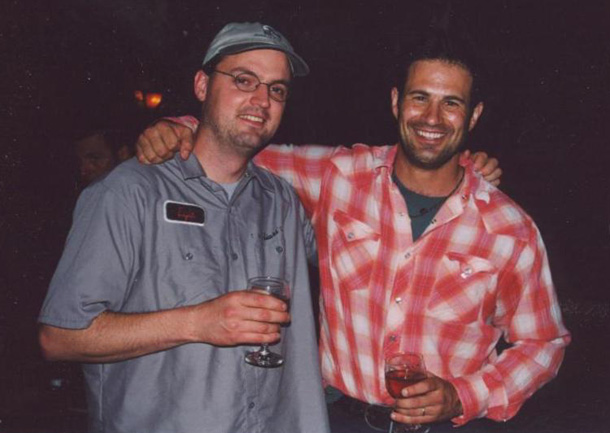The challenges Big Craft™ faces are not unique to beer.
Yesterday the Wall Street Journal published a story headlined “Big-Name Food Brands Lose Battle of the Grocery Aisle.” Pretty straightforward premise.
America’s packaged-food giants are losing the battle for retailers’ shelf space, complicating their efforts to break out of a yearslong slump.
Instead of promoting canned soup, cereal and cookies from companies like Kraft Heinz Co., Kellogg Co. and Mondelez International Inc., grocery stores are choosing to give better play to fresh food, prepared hot meals, and items from local upstarts more in favor with increasingly health-conscious consumers.
“We’ve got to maximize return on our shelf space,” said Don Fitzgerald, vice president of merchandising at Mariano’s, a Chicago grocery chain bought by Kroger Co. in 2015. Shoppers, he said, are drawn to steamy pasta at the store’s deli counter, rather than a box of dried macaroni with powdered cheese sitting on the shelf for weeks.
This follows a report last February about how larger companies are looking to smaller ones for, as the headline (“Big Food Looks to Startups for Ideas, Innovation”) suggests, news ideas.
Food giants are starting venture-capital funds to invest in startups focused on healthier and less-processed foods, betting the younger companies can teach them to be more entrepreneurial and innovative. Slow to recognize consumers’ shift toward those products, global titans have found themselves stuck in a rut. This week, Nestlé SA, the world’s largest packaged-food company, dropped its long-running sales-growth target for the next three years, saying it needs time to adapt to these fundamental changes in the industry.
“It’s hard for consumer companies to step out of what they’ve been locked into for 60 or 80 years,” said Ryan Caldbeck, founder and chief executive of CircleUp, a business that connects private-equity firms with food startups. CircleUp says large consumer-goods companies lost $18 billion in market share to smaller competitors between 2011 and 2015.
This might belong in the mix as well: “Hard times for Whole Foods: ‘People say it’s for pretentious people. I can see why'” It seems that eventually price matters even for authentic, or great, or “exquisitely selected” products.
*****
ENDNOTE: When using the term Big Craft™ be sure to honor the the trademark — at least as long as Big Craft™ is relevant.
 Host Christopher Barnes has posted the roundup for
Host Christopher Barnes has posted the roundup for 


